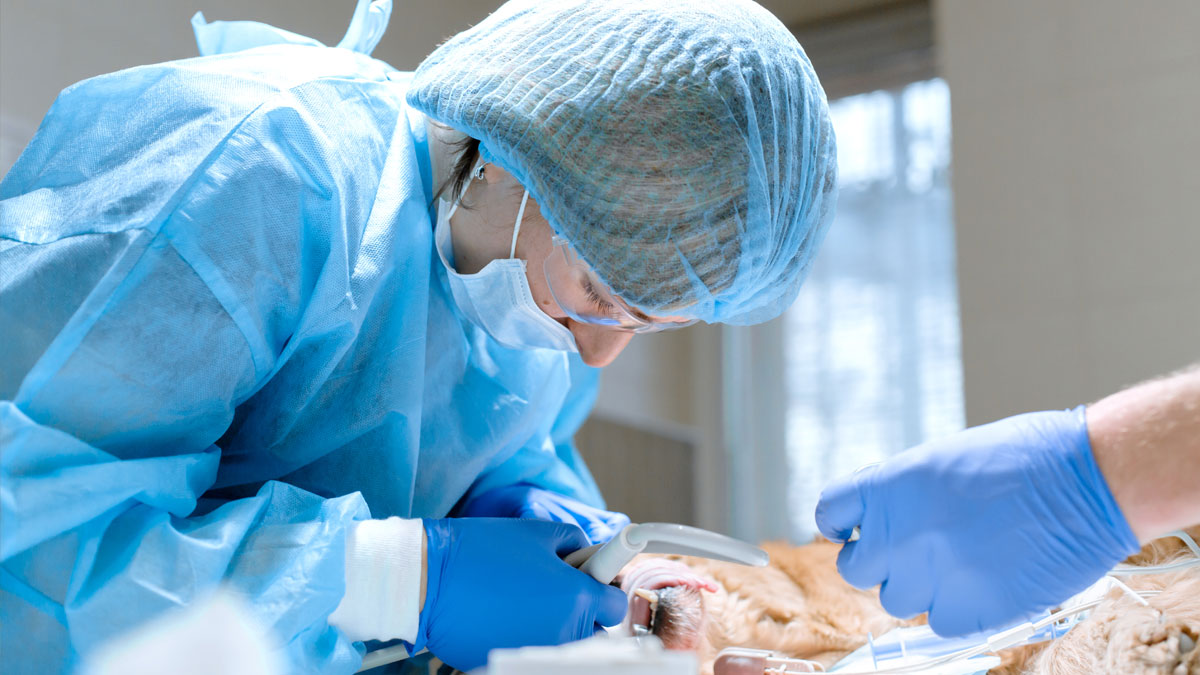
Veterinary Oral Surgery
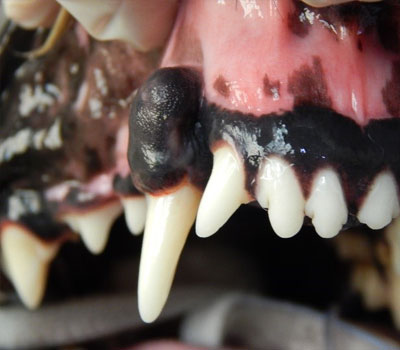
Oral Tumors
Account for up to 10% of all tumors in animals. Both benign and malignant tumors can occur in the oral cavity, but regardless of the type, they are best treated when they are small. Multimodal treatment is available for oral cancer, and most pets are going to handle these treatments with no adverse effect on quality of life. It’s always best to have a biopsy done on any abnormal growth, no matter how small.
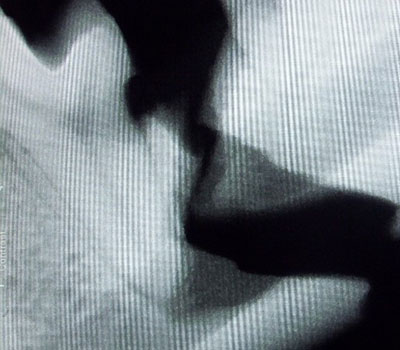
Jaw Fractures
Traumatic injuries are common in veterinary medicine, and these can include damage to the dental and oral tissues. Aside from fractured teeth, the bones that support them and the soft tissues that protect them can suffer. We utilize fracture repair techniques that give priority to maintaining function as occlusion, with minimal disruption to the surrounding healthy tissue.
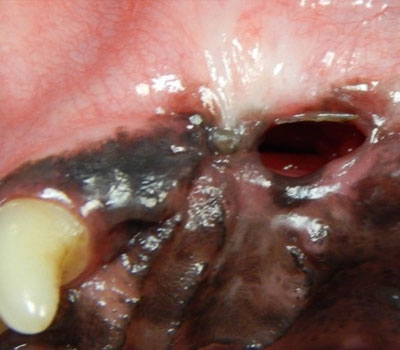
Oronasal Fistula
Communication between the oral and nasal cavities can result from traumatic injuries, but more commonly occurs secondary to advanced periodontal disease, especially when it involves the upper canine teeth. This type of problem causes nasal discharge, excessive sneezing, and chronic rhinitis. If left untreated for a length of time, the destruction that occurs within the nasal cavity can be irreversible, leading to chronic and ongoing nasal issues even after the fistula has been surgically repaired.
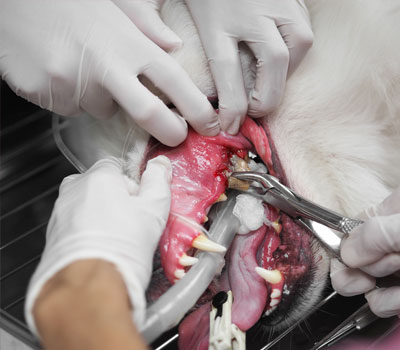
Surgical Extractions
Extraction of teeth is indicated in instances of advanced periodontal disease, malocclusion, abnormal dental development, or fractured teeth where endodontic therapy(root canal) is not an option. This process is similar to a person having their wisdom teeth removed. All extractions involve small incisions, bone removal around the roots, and elevation of each root independently. The extraction site should always be sutured closed, with pre- and post-extraction dental x-rays being a vital part of the procedure. The teeth of domestic animals are different from those of humans because of evolutionary processes. Their roots tend to be larger and deeper, and in some places the roots can be responsible for up to 60% of the mass of the jaw. Dogs and cats can function very well if they lose teeth because of the need for extraction. Other options are usually available, but rest assured that, when done properly, extractions are not a major setback for your pet!
